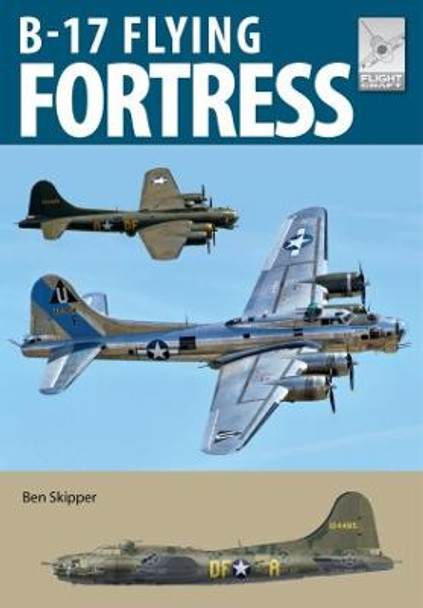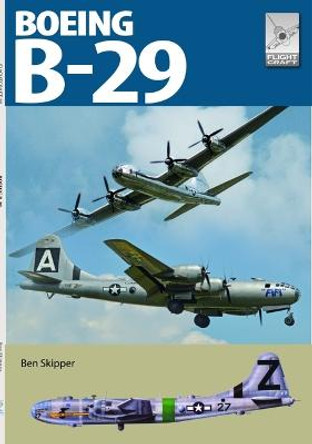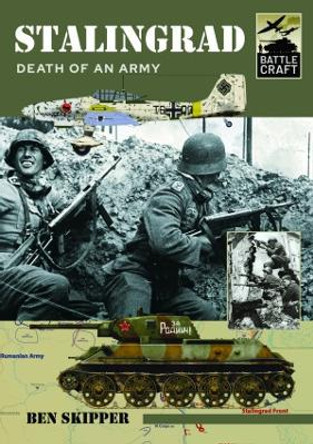The B-17 Flying Fortress, a term coined by a Seattle Daily Times report in 1935, was a quantum leap in offensive air power. Designed for a nation whose foreign policy was still deeply isolationist, and an Air Corps whose in-service bomber fleet was dominated by bi-planes, the B-17, with its four engines, huge wingspan, enviable payload - almost double that of contemporary bombers - and all metal construction, ushered in a new age. For an aircraft of its size and relative complexity the B-17's design and development was heralded by a host of key innovations with the unveiling of the XB-15 (Boeing 294), including engine access crawl ways, enhanced endurance and massive load capacity. Within a year the Y1B-17 or Model 299 had refined ideas from the XB-15 and produced a sleek, attractive-looking aircraft. By 1937 all testing had been completed and the first 12 aircraft were delivered to 2nd Bombardment Group for assessment. At the start of the Second World War the still-new B-17 was just beginning to fill the ranks of US bomber squadron's and by early 1941 the B-17C, arguably the fastest B-17 built, was flying in RAF Service. The B-17 was soon flying over Europe with the newly-created United States Army Air Forces, as well as taking the fight to the Japanese in the Pacific and to the Axis in the Mediterranean. When production of the B-17 was halted in April 1945, at which point the B-17 had been supplanted by the B-24 in the Pacific, over 12,700 B-17s had been built. The type would bow out as a bomber not long after the war's end, though a few would soldier on as SB-17 air-sea rescue aircraft. Ultimately the B-17 would fly with 26 countries. This Flight Craft title offers the modeller an exciting selection of photographs, illustrations and showcase examples to help build their own version of this icon of the skies.
About the AuthorBEN SKIPPER is a freelance feature writer with over 100 articles published on art, military and field sports subjects. He is an associate member of the Pen and Sword Club (military journalists and writers), and a full member of the British Guild of Agricultural Journalists and the NUJ. Ben is an avid modeller and writer of twentieth-century military subjects. His interest in British armour was cemented by a visit to the King's Royal Hussars in the early 1990s as an undergraduate in the Territorial Army. He then joined the RAF, clocking up air miles in a range of RAF transport aircraft including the VC10 and C-17
Book InformationISBN 9781399086462
Author Ben SkipperFormat Paperback
Page Count 120
Imprint Air WorldPublisher Pen & Sword Books Ltd








